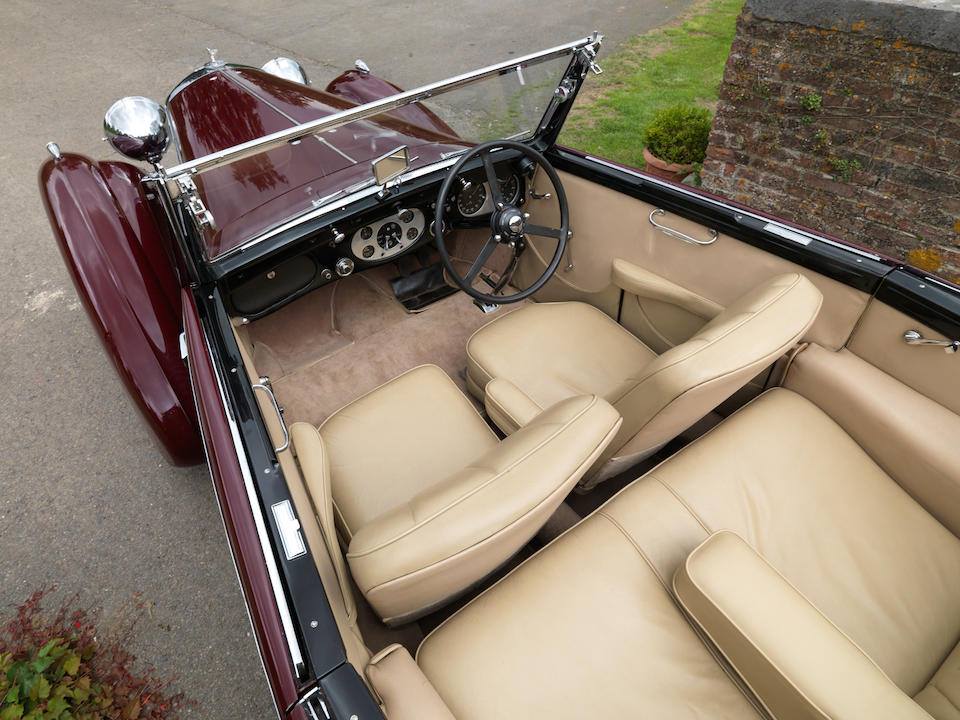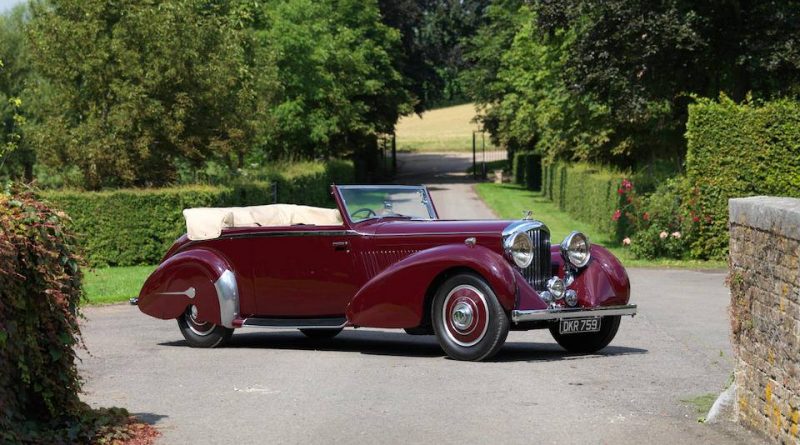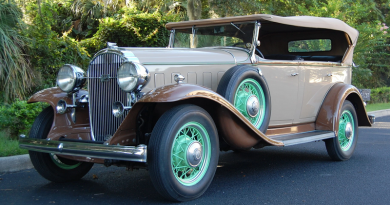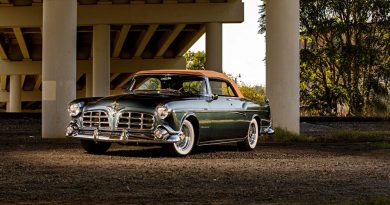1937 Bentley 4¼-Litre Cabriolet
The Bentley 3½ Litre (later enlarged to 4¼ Litre) was presented to the public in September 1933, shortly after the death of Henry Royce, and was the first new Bentley model following Rolls-Royce’s acquisition of the Bentley brand in 1931.
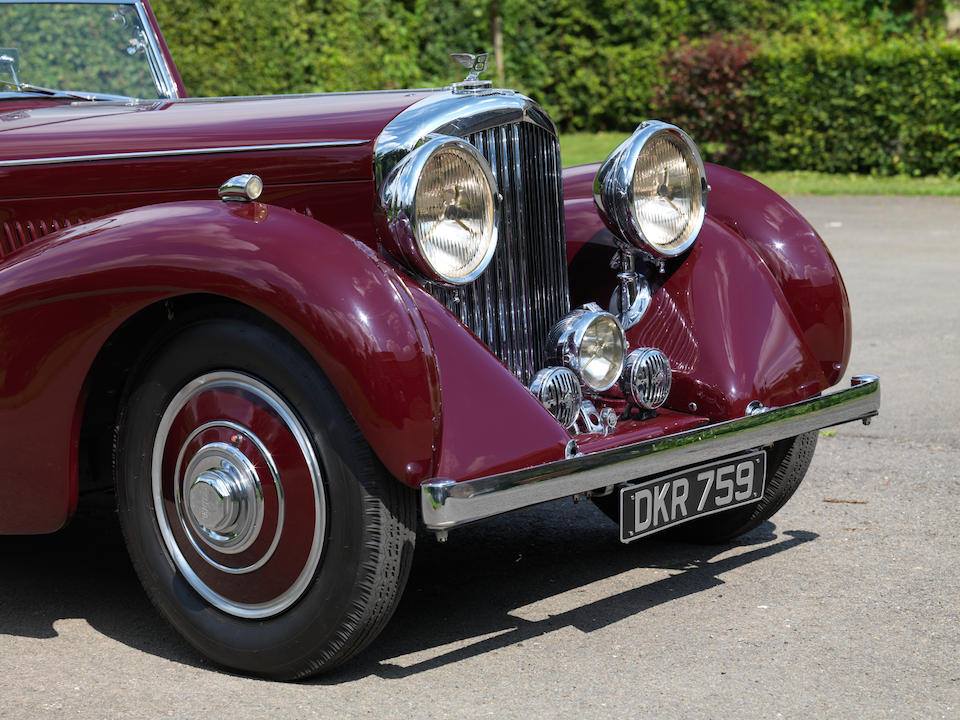
Bentley sold only the drivable bare rolling chassis with engine and gearbox, scuttle and radiator, ready for coachbuilders to construct on it a body to the buyer’s requirements. Many distributors ordered their preferred bodies as showroom stock to enable them to stock finished cars ready for immediate sale.
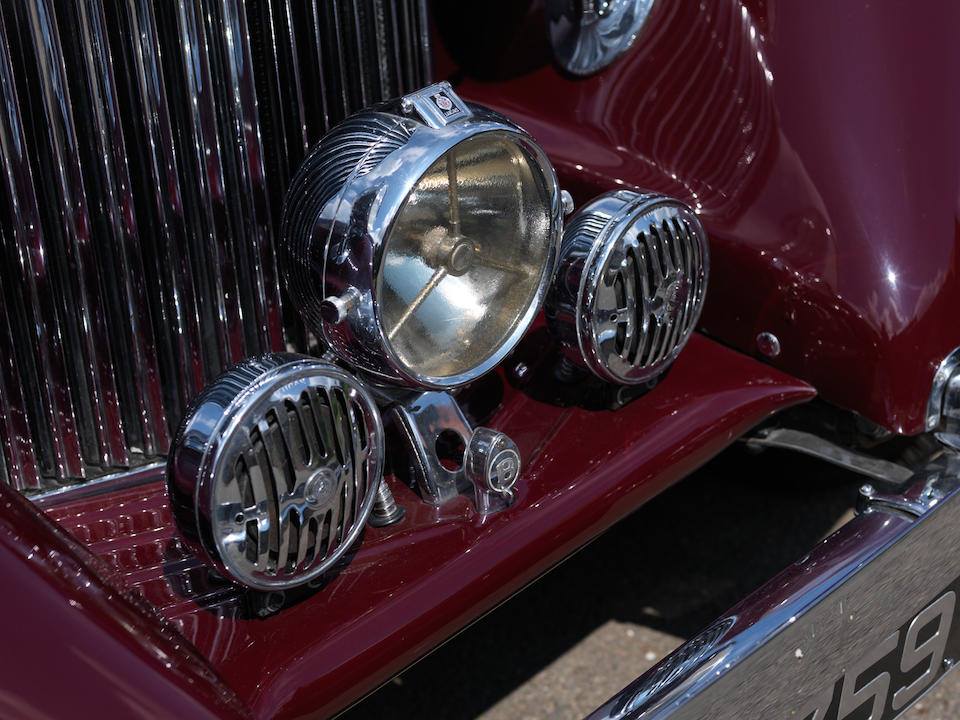
In 1931 Rolls-Royce purchased Bentley Motors and moved the Bentley factory from Cricklewood to Derby. The Bentley produced there are commonly referred to as ‘Derby-Bentleys.’ Introduced in 1933 the first of these ‘Derby-Bentleys’ was simply referred to as the 3 1/2 Litre and was very similar in design to the Rolls Royce 20/25 launched in the same year. Bentley became the more powerful and sportier variant of Rolls Royce, however, compared to the previous Bentley models from Cricklewood, the 3 1/2 Litre engine was quite a step backwards technically.


 .
.

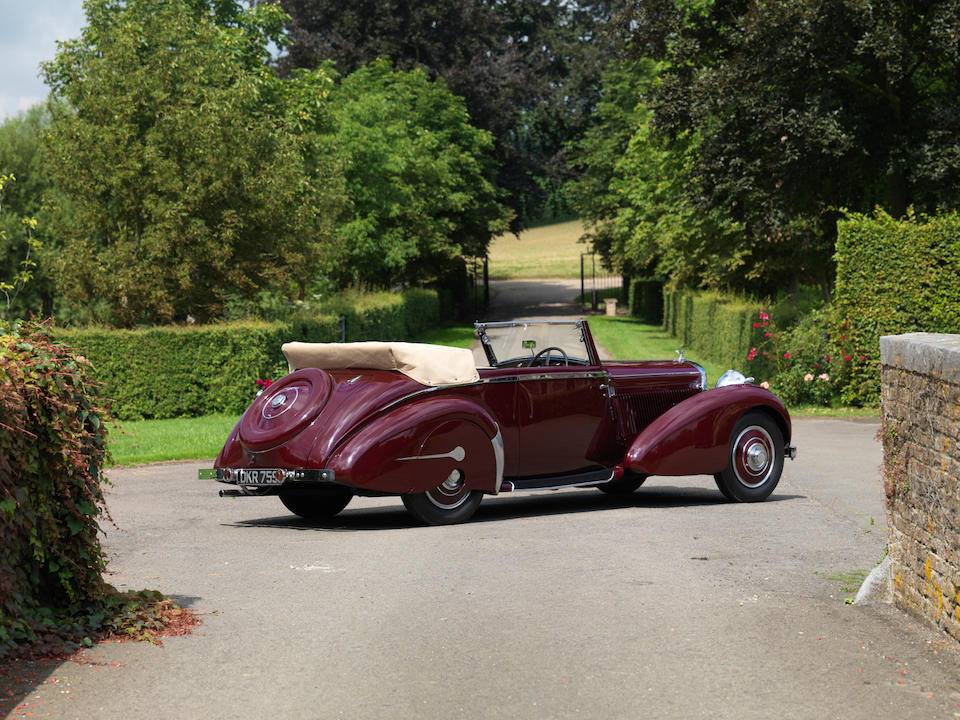
No detail has been overlooked within the interior, as it was clearly designed for the owner who loves to take the wheel. Among the special-order instruments included with this car, as validated by the accompanying Works chassis card orders, is an extremely rare Smiths tachometer with a clock built into its center top. The instrument layout is equally atypical, with the speedometer and tachometer to the left of the driver’s position, and the ignition and lamp switches have been placed even farther to the left, in front of the single-passenger seat. As the car is a one-off design, it is presumed that this may be one of the first uses for this dash layout before it became standard on later cars.
